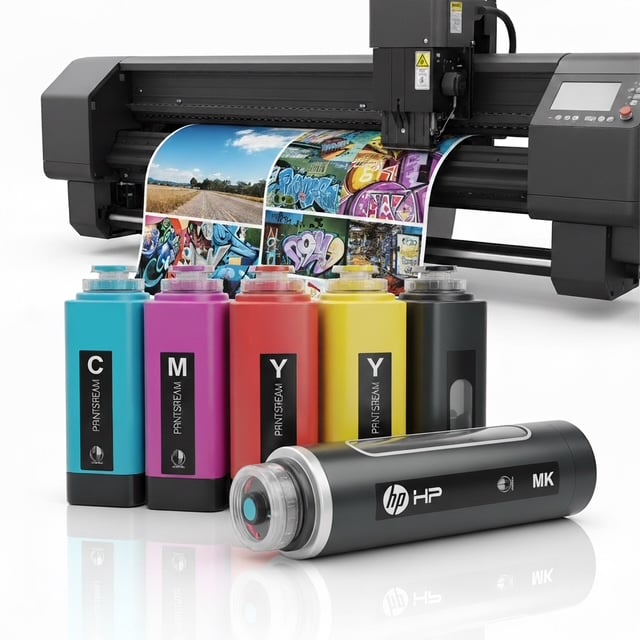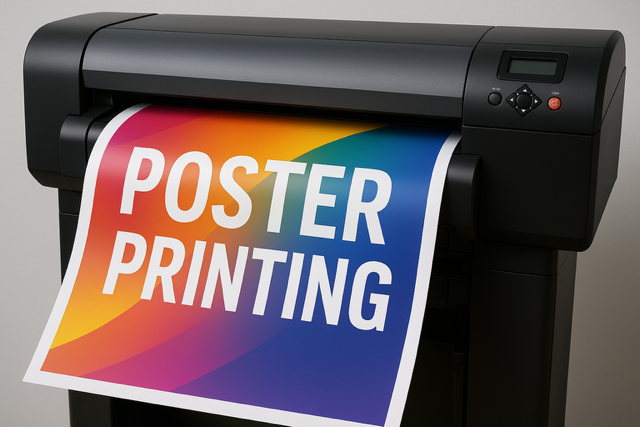
DISCOUNTED EDUCATION PRICING! CALL 1-877-891-8411. We Gladly Accept School Purchase Orders!

In a world where visual communication reigns supreme, posters remain one of the most effective tools for marketing, education, events, and personal expression. Whether you’re a business owner promoting a new product, an artist showcasing your work, or a teacher creating classroom aids, high-quality poster printing can make all the difference. But with so many options available— from online services to local print shops—how do you choose the right one?
This comprehensive guide dives deep into the world of poster printing. We’ll cover everything from the basics of what poster printing entails, to advanced tips on design, materials, and selecting the best services. By the end, you’ll be equipped to create stunning posters that not only look professional but also rank high in impact. Let’s get started!
Poster printing is the process of producing large-scale prints on paper or other materials, typically ranging from 11×17 inches to massive 24×36 inches or even larger custom sizes. Unlike standard photo printing, posters are designed for durability and visibility, often used in high-traffic areas like storefronts, trade shows, or home decor.
In 2025, advancements in digital printing technology have made poster printing more accessible and affordable than ever. Digital printing allows for short runs (even single copies) without the high setup costs of traditional offset printing, while eco-friendly inks and sustainable materials are becoming the norm.
Key benefits of poster printing include:
If you’re new to this, start by defining your purpose: Is it for indoor use (e.g., office walls) or outdoor (e.g., event banners)? This will guide your material and printing choices.
Not all poster printing methods are created equal. Here’s a breakdown of the most common types in 2025:
To choose the right type, consider your budget, quantity, and timeline. For most users, digital printing strikes the best balance.
The poster paper material you choose can transform a simple print into a standout piece. Here’s what to know:
Pro Tip: For long-lasting posters, opt for archival-quality materials that resist yellowing over time. Costs can range from $0.50 per square foot for basic paper to $5+ for premium vinyl.
Great poster printing starts with killer poster design. Even the best printing service can’t save a poorly designed file. Follow these expert tips:
Common Mistake: Overloading with elements. Remember, posters are glanced at, not read like books.
If you’re not a designer, many printing services offer free templates or in-house design help.
After researching dozens of options, here are the top poster printing services that stand out for quality, price, and customer satisfaction. We evaluated based on turnaround time, user reviews, and features.
| Service | Best For | Starting Price | Turnaround | Key Features |
|---|---|---|---|---|
| Vistaprint | Budget-Friendly Custom Posters | $10 for 18×24 | 3-5 days | Free design tools, bulk discounts, eco-options |
| Printful | On-Demand Printing | $15 for 24×36 | 2-7 days | Integration with e-commerce (e.g., Etsy), global shipping |
| FedEx Office | Same-Day Local Pickup | $20 for large formats | Same-day | In-store design help, mounting options |
| Shutterfly | Photo-Quality Posters | $12 for 16×20 | 1-3 days | Excellent for personal photos, app-based ordering |
| Moo | Premium Business Posters | $25 for high-end | 5-10 days | Luxe finishes, sustainable materials |
| Overnight Prints | Fast Bulk Orders | $8 per unit (100+) | 1-2 days | Offset printing expertise, UV coating included |
These picks are based on aggregated reviews from sites like Trustpilot and Reddit, where users praise quick delivery and color accuracy. For international users, check services like Printify for worldwide fulfillment.
Pricing varies widely, but here’s a realistic estimate for 2025:
Factors influencing cost:
To save money, order during sales (common around holidays) or use promo codes from sites like RetailMeNot.
Standard sizes like 24×36 inches work for most uses, but customize based on space—e.g., 18×24 for walls, 48×72 for billboards.
Yes, with a large-format printer, but professional services yield better quality for under $20.
With proper materials, 5-10 years indoors; 1-3 years outdoors with lamination.
Absolutely—reputable services like Vistaprint offer guarantees and easy re-prints.
Posters are typically paper-based for flat surfaces; banners are vinyl for hanging and durability.
In 2025, poster printing isn’t just about putting ink on paper—it’s about creating memorable visuals that drive action. Whether for business growth or personal projects, choosing the right method, materials, and service ensures your posters stand out. Practically speaking, bringing poster printing in-house, makes the most financial sense.
Ready to get started? Head to one of our recommended services and upload your design today. If you have questions, drop a comment below—we’d love to help!